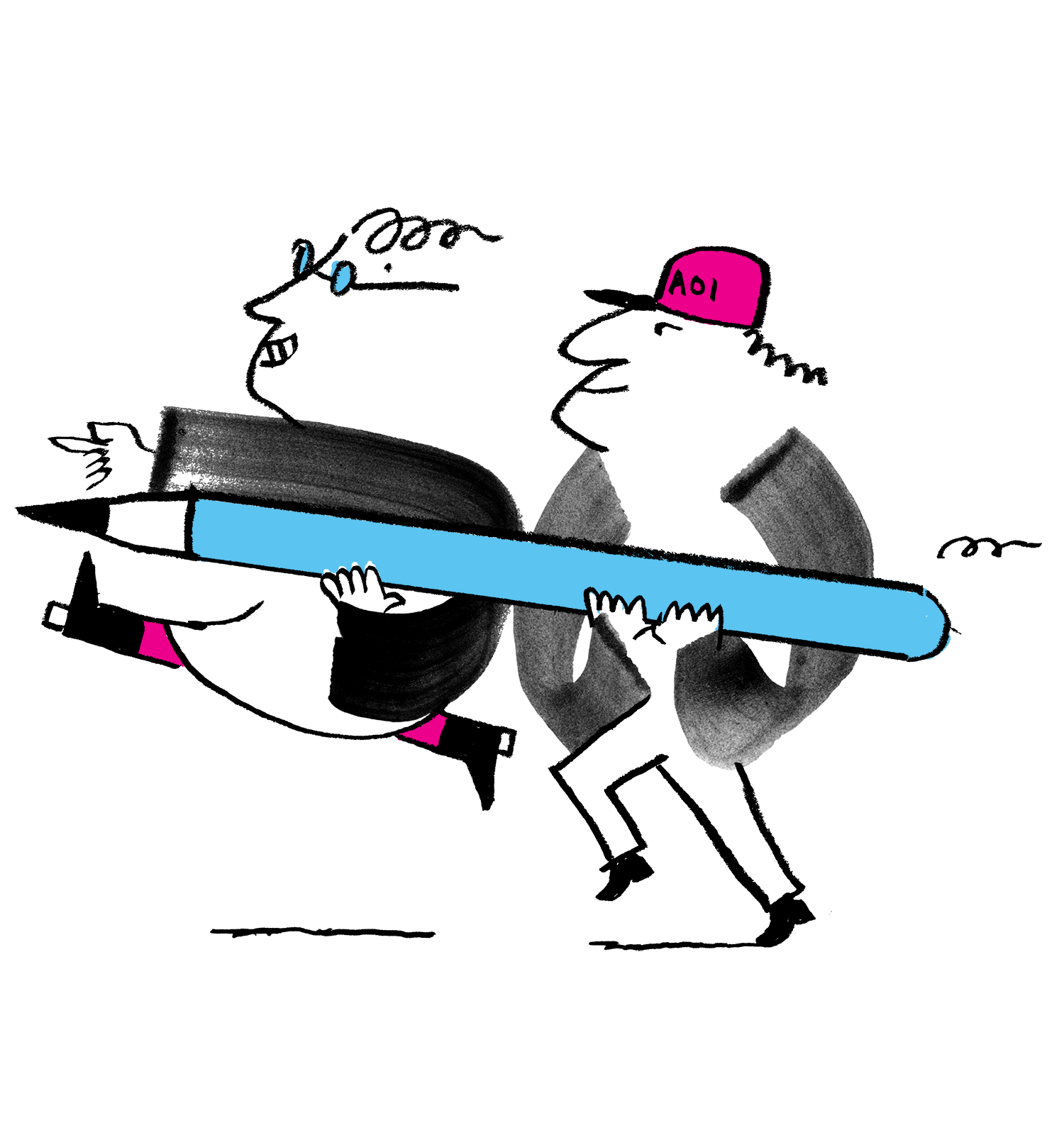Copyright Infringement Members
In this article

Continue reading...
Enjoy unlimited access to all resources with an AOI membership
Become a Member Already a member? Log inThis resource looks at UK copyright infringement and what you can do if your work has been infringed.
What is copyright and how is it infringed?
Simply put, copyright is the exclusive right for the owner to prevent others from copying their original work. Copyright protects a number of different types of work including literary, musical, dramatic and artistic works (such as an illustration). Infringement occurs if the whole or a substantial part of an original work is copied, without the permission of the copyright owner and without a valid exception applying.
Determining whether this has occurred will be a question of fact in each case. It is usually quite obvious where the whole of an illustration has been copied, but it is harder to determine whether or not a ?substantial part? of the work has been copied.
What is a 'substantial part'?
The Wallpaper case: Designers Guild Limited v Russell Williams (Textiles) Ltd [1999]
The claimant, Designers Guild, created a red and white striped wallpaper pattern with a flower overlay. Russell Williams produced a similar design and Designers Guild sued him for copyright infringement.
The judges made a comparison of the two, taking into account the cumulative effect of the copied features. The judges outlined that the following test should be applied:
(a) Has there been copying?
(b) If yes, what features were copied?
(c) Were the features in (b) a substantial part of the original work?
Considering whether features are substantial, comes down to a question of quality rather than quantity. If only 10% of a work is copied, infringement may still have occurred if that 10% was a distinctive, prominent and original part of the work.
In applying its own test, the House of Lords, (the predecessor of today's Supreme Court), found that Russell Williams had copied a substantial part of the Designers Guild wallpaper and had therefore infringed their copyright.
Is there copyright in an idea or style?
In general no, there is no copyright in an idea alo

